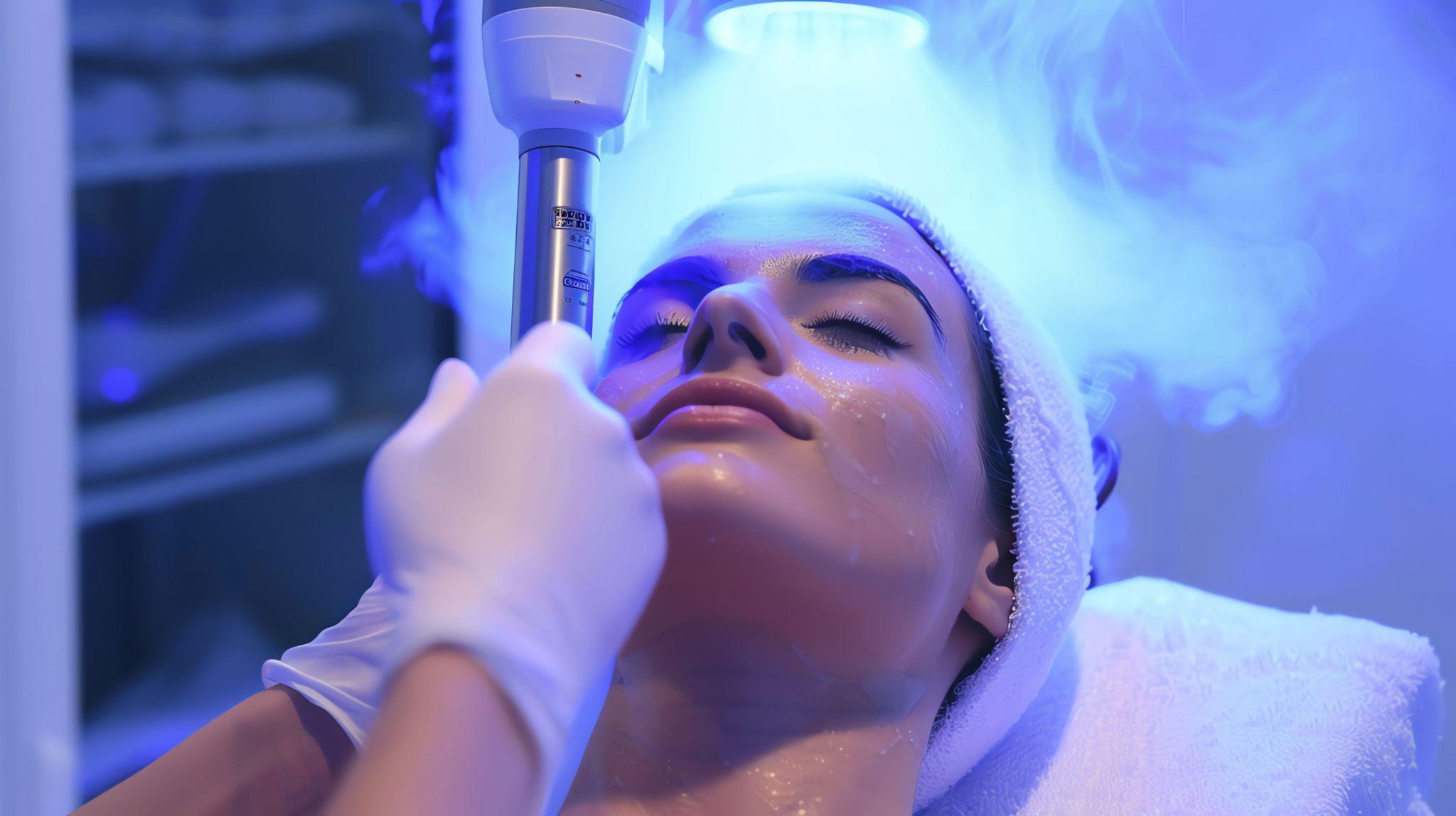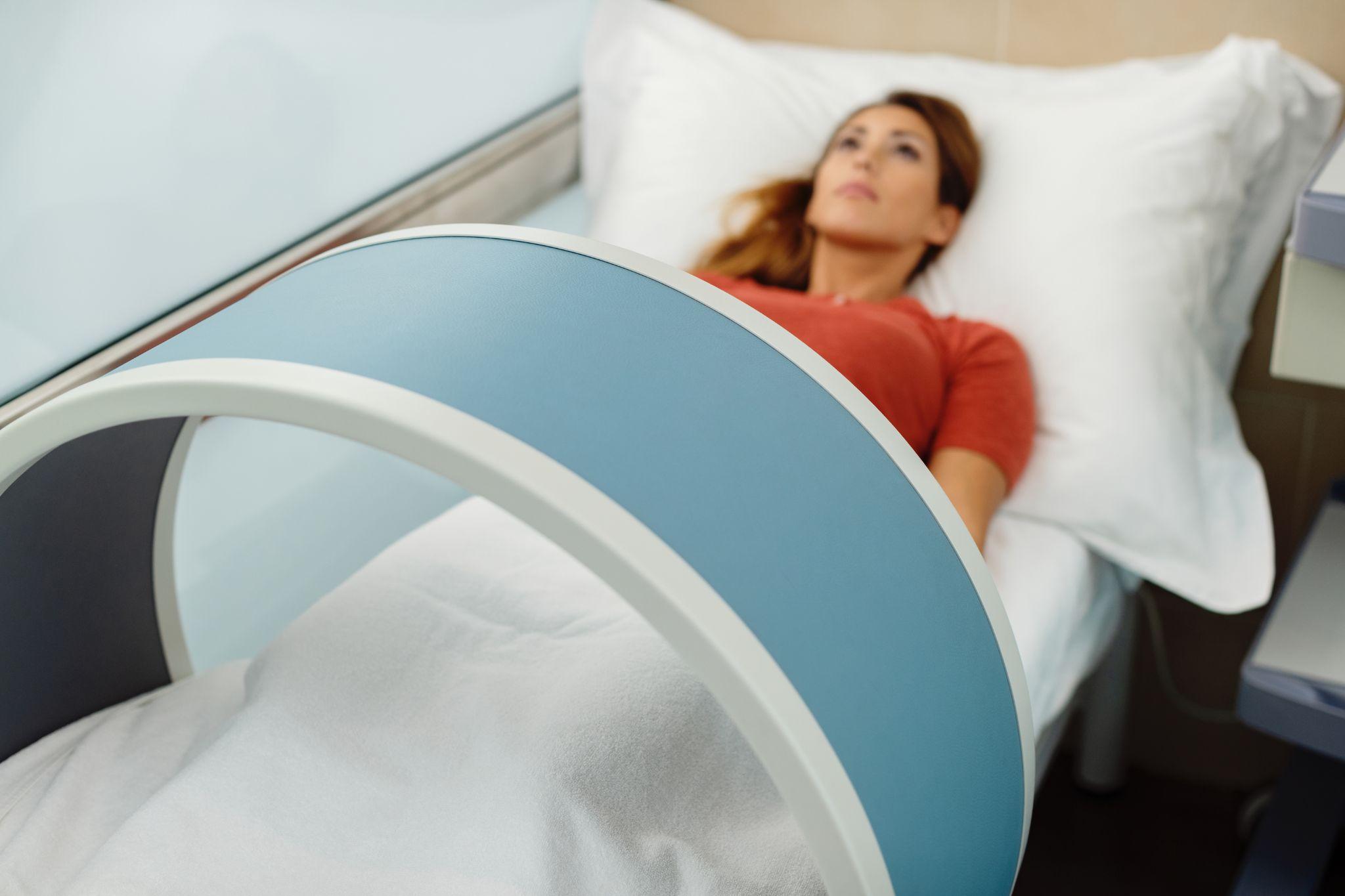Cryotherapy (Cold Therapy) for Post-Surgery Recovery

Cryotherapy, also known as cold therapy, uses low temperatures to reduce pain and inflammation after surgery.
Surgery recovery can be physically and mentally challenging. Most individuals go through pain, swelling, stiffness, and discomfort while healing. Proper management of these symptoms is extremely crucial for an early and trouble-free recovery.
One of the most painless, yet effective and least expensive treatments applied globally is cold therapy or cryotherapy. It is the use of cold temperatures over the incision site that can alleviate pain, decrease swelling, and generally make one feel more comfortable.
Cryotherapy is not new; it has been used for years as a recovery from injury and postoperative treatment. It is now highly recommended following orthopedic surgery, plastic and cosmetic surgeries, and even oral surgery. Properly utilized, cryotherapy can accelerate recovery and get patients back to full activity faster.
What is Cryotherapy?
Cryotherapy is simply the application of cold temperatures to promote healing. Following surgery, physicians usually advise placing ice or other cooling devices over the injured site to decrease pain and swelling.
There are two primary forms of cryotherapy:
Localized cryotherapy: Localized cryotherapy involves applying cold directly to the operative site through:
- Ice packs or gel packs
- Cold compress wraps
- Cryo-cuff machines
- Ice massage
Whole-body cryotherapy: This involves exposing the entire body to very low temperatures in a specialized chamber. While it is frequently applied to sports recovery, it is less often applied to post-surgical recovery than localized cryotherapy.
How it works:
Cold therapy accomplishes this by:
- Slowing blood flow to the surgical site, thus minimizing swelling.
- Numbing nerve endings, giving fast relief from pain.
- Resolving inflammation, which helps the tissue heal more quickly.

Cryotherapy is commonly used after joint replacement, ligament repair, and fracture surgeries.
Advantages of Cryotherapy post-Surgery
Cryotherapy helps the patient who is being operated on in numerous ways:
1. Reduces Pain
Cold anesthetizes the area and decreases nerve conduction, naturally reducing pain without needing to depend on drugs completely.
2. De-inflates Swelling and Reduces Inflammation
By closing up blood vessels, cold therapy avoids the accumulation of excess fluid around the wound. This maintains swelling within reasonable limits.
3. Speeds Up Healing
With reduced swelling and pain, the body can concentrate on healing tissue. Patients are more at ease in initiating early rehabilitation and physiotherapy, hence a quicker recovery.
4. Enhances Mobility and Decreases Stiffness
Stiffness following surgery, particularly around joint areas such as the knee or shoulder. Cold therapy relaxes muscles and tissues, facilitating mobility.
5. Offers Psychological Comfort
Use of cold on a daily basis provides patients with a sense of relaxation, and it reduces anxiety and makes the recovery process easier.
Procedures Where Cryotherapy Is Widely Used
Cryotherapy is prescribed by doctors after many operations. Some of the most widespread ones:
- Orthopedic procedures
- Knee replacement
- Hip replacement
- ACL reconstructive operation
- Shoulder arthroscopy
- Plastic and cosmetic surgeries
- Facelifts
- Liposuction
- Breast surgery
- Dental and oral surgeries
- Wisdom tooth extraction
- Surgeries of the jaws
Cryotherapy is particularly beneficial following joint surgeries, where pain and swelling can be extreme.

Using cryotherapy helps limit bruising and prevent excess fluid buildup at the surgical site.
Ways to Apply Cryotherapy
There are several effective and easy ways to apply cold therapy following surgery:
- Ice packs or gel packs: Easy, low cost, and everywhere. Always wrap in a towel prior to use on skin.
- Cold compression wraps: Special wraps that compress with cold, with enhanced results for swelling management.
- Ice massage: Massaging the operating site with an ice cube wrapped in a cloth to provide relief to targeted areas.
- Cryo-cuff machines: Advanced cooling devices providing constant cold therapy and, in some cases, incorporating compression. They are often used in hospitals after large joint surgeries.
Proper usage guidelines:
- Use for 15-20 minutes at a time.
- Repeat several times a day in the first 1-2 weeks post-surgery.
- Always allow for breaks between sessions to allow skin temperature to return to baseline.
Safety Instructions and Precautions
Although very safe, abuse has the potential to lead to complications. These are some vital safety instructions:
- Always have a barrier (towel or cloth) between ice and skin to prevent frostbite.
- Don't overdo it. Don't use cold all the time for longer than 20 minutes.
- Monitor skin condition. If the skin becomes too red, white, or numb, stop immediately.
Don't use cryotherapy if you have:
- Poor circulation
- Diabetic neuropathy
- Raynaud's disease
- Cold allergy
Don't forget, most importantly, always look specifically at your surgeon's particular instructions, since various surgeries will have varying cooling needs.
Combining Cryotherapy with Other Recovery Strategies
Cryotherapy is most effective when used in conjunction with other types of recovery, usually prescribed together in what physicians refer to as the RICE principle (Rest, Ice, Compression, Elevation).
- Physiotherapy: Cold therapy is beneficial for mobility and stretching, enhancing outcomes from the practice of rehabilitation exercises.
- Compression & Elevation: Supported by cold, these techniques cause swelling to reduce more rapidly.
- Medications: Pain medication and anti-inflammatory medication can still be required, but cryotherapy can prevent more powerful doses from being needed.
By combining all of these strategies, patients recover quickly and with less discomfort.

Sessions typically last 15-20 minutes at a time, with breaks in between.
When to Call Your Physician?
Cryotherapy is quite safe in general, but there are some situations where professional guidance needs to be obtained. Call your physician at once if:
- Pain or swelling continues to get worse rather than better.
- You have signs of infection, which include redness, heat, pus, or fever.
- You experience numbness, tingling, or skin discoloration that lasts.
- Your doctor can change your recovery process or prescribe other treatments.
Conclusion
Cryotherapy is simple, successful, and cheap for postoperative rehabilitation. It reduces pain, swelling, and stiffness, and it makes rehab simpler and allows for a quicker return to normal life.
If used properly, cold therapy is safe and extremely valuable. But it should always be used in combination with a general recovery regimen, such as physiotherapy, adequate rest, and medical observation.
By following your physician's instructions and using cryotherapy along with other treatment modalities, you can reduce recovery time, minimize recovery complications, and heal faster.
Frequently Asked Questions
1. How long do I have to use cryotherapy after surgery?
Use cryotherapy in the majority of physicians' orders during the initial 1–2 weeks following surgery. Use for 15–20 minutes per treatment, several times a day, to manage pain and swelling.
2. Is cryotherapy safe following knee replacement surgery?
Yes. Cryotherapy is usually prescribed following knee replacement. Reduces pain, swelling, and stiffness. Always put something between the ice pack and your skin with a towel or cloth to prevent frostbite.
3. Is cryotherapy able to speed up healing after surgery?
Cryotherapy is unable to cure tissue itself, but it facilitates the setting of conditions for quick healing. By reducing pain and inflammation, patients can start physiotherapy earlier, promoting faster healing.
4. Are there side effects of cold therapy after surgery?
If abused, cryotherapy can cause skin burn, numbness, or frostbite. Adhering to safety measures, such as keeping sessions to 20 minutes and placing a face mask barrier, minimizes complications significantly.
5. What is better after surgery, ice packs or cryo-cuff units?
Both are effective, but cryo-cuff or cold compression devices provide even cooling and improved swelling control, particularly after extensive joint operations. Ice packs still offer a good, inexpensive option for home use by the patient.
6. Who should not use cryotherapy following surgery?
Cryotherapy is not appropriate for patients with illnesses such as Raynaud's disease, circulatory disease, neurological disease, or intolerance to cold. Always consult your physician first.